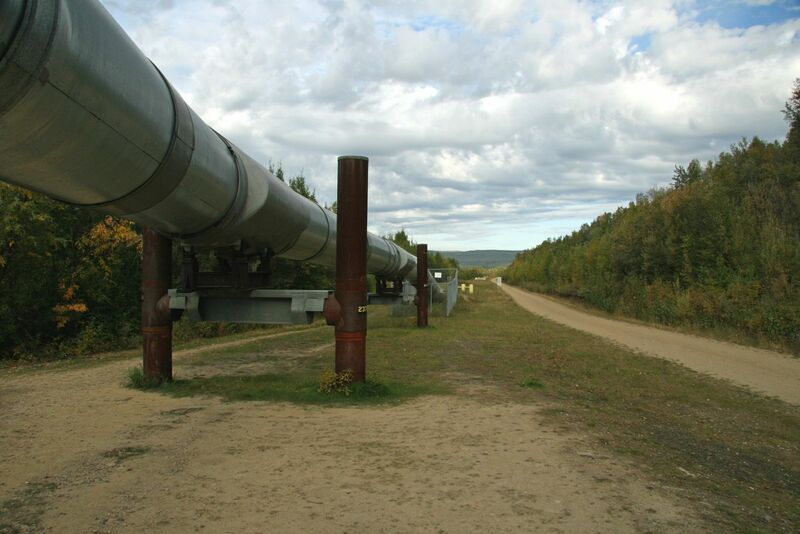
December WTI crude oil (CLZ23) this morning is up +0.58 (+0.70%), and Dec RBOB gasoline (RBZ23) is up +2.93 (+1.32%).
Crude oil prices this morning are moderately higher. Concerns that the Israeli-Hamas conflict could escalate are underpinning crude prices on reports that Israel is shelling militant targets in Lebanon, which risks widening the conflict to Hezbollah in Lebanon. Gains in crude are limited by a stronger dollar and mostly weaker-than-expected global economic news that is bearish for energy demand.
Crude prices have support on concern that an escalation of the Israeli-Hamas war could lead to the disruption of Middle Eastern crude supplies. Iran’s foreign minister today called for the “last political opportunities” to be used to halt the Israeli-Hamas war. The United Nations warned the situation in Syria, which borders Israel and where many Iran-backed militias operate, is “at its most dangerous for a long time” as Israel increases airstrikes on the country.
Today's global economic news was mostly weaker than expected and bearish for energy demand and crude prices. The U.S. Oct MNI Chicago PMI unexpectedly fell -0.1 to 44.0, weaker than expectations of an increase to 45.0. Also, the China Oct manufacturing PMI fell -0.7 to 49.5, weaker than expectations of no change at 50.2. In addition, the Eurozone Q3 GDP report of -0.1% q/q and +0.1% y/y was weaker than expectations of unchanged q/q and +0.2% y/y. Finally, Japan Sep industrial production rose +0.2% m/m, weaker than expectations of +2.5% m/m.
An increase in Russian crude exports is bearish for oil prices. Tanker-tracking data monitored by Bloomberg shows 3.53 million bpd of crude was shipped from Russian ports in the week ended Oct 22, an increase of 20,000 bpd from the previous week.
In a bearish factor for crude oil, the U.S. on Oct 18 said it would ease sanctions for six months on Venezuela's oil exports in exchange for steps to ensure the country holds fair presidential elections next year. An easing of sanctions would put additional crude supplies on the global market, with some analysts estimating about 200,000 bpd of additional supplies.
The tightness in the oil market is expected to continue due to the extension of OPEC+ production cuts. Saudi Arabia recently said it would maintain its unilateral crude production cut of 1.0 million bpd through December. The move will hold Saudi Arabia's crude output at about 9 million bpd, the lowest level in three years. Russia also recently announced that it would maintain its 300,000 bpd cut in crude production through December. OPEC Sep crude production was little changed, rising +50,000 bpd to 27.97 million bpd.
An increase in crude in floating storage is bearish for prices. Monday's weekly data from Vortexa showed that the amount of crude oil held worldwide on tankers that have been stationary for at least a week rose +5.8% w/w to 74.69 million bbl as of Oct 27.
Last Wednesday's EIA report showed that (1) U.S. crude oil inventories as of Oct 20 were -4.8% below the seasonal 5-year average, (2) gasoline inventories were +1.1% above the seasonal 5-year average, and (3) distillate inventories were -12.9% below the 5-year seasonal average. U.S. crude oil production in the week ended Oct 20 was unchanged w/w at a record high of 13.2 million bpd.
Baker Hughes reported last Friday that active U.S. oil rigs in the week ended Oct 27 rose by +2 to 504 rigs, recovering a bit more from the 20-month low of 497 rigs posted in the week ended Oct 6. The number of U.S. oil rigs has fallen this year back after moving sharply higher from an 18-year low of 172 rigs posted in Aug 2020 during the pandemic to a 3-1/2 year high of 627 rigs in December 2022.
On the date of publication, Rich Asplund did not have (either directly or indirectly) positions in any of the securities mentioned in this article. All information and data in this article is solely for informational purposes. For more information please view the Barchart Disclosure Policy here.






